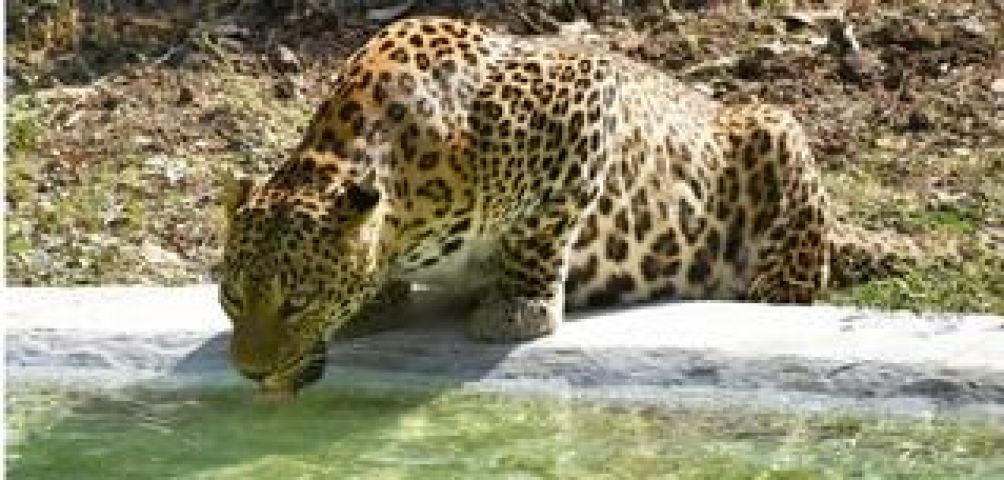
Now-a-days, there is some limited range for leopards as they have lost 75% of their historic range. Previously, throughout in Africa, the Middle East and Asia, Leopards accupied a wide range of area approximately 35mn sq.km. But today, they are restricted to approximately 8.5mn sq.km.
Lead author Andrew Jacobson, of Zoological Society of London said,“The leopard is a famously elusive animal, which is likely why it has taken so long to recognise its global decline”.
It has been reviewed by scientists that leopards are facing a multitude of threats in the wild, and three subspecies have already been almost completely eradicated, and the tests are done over more than 1,300 sources on the leopard’s historic and current range.
Luke Dollar, programme director of the NGS’s Big Cats Initiative said, “Leopards’ secretive nature, coupled with the occasional, brazen appearance of individual animals within megacities like Mumbai and Johannesburg, perpetuates the misconception that these big cats continue to thrive in the wild — when actually our study underlines the fact that they are increasingly threatened”.